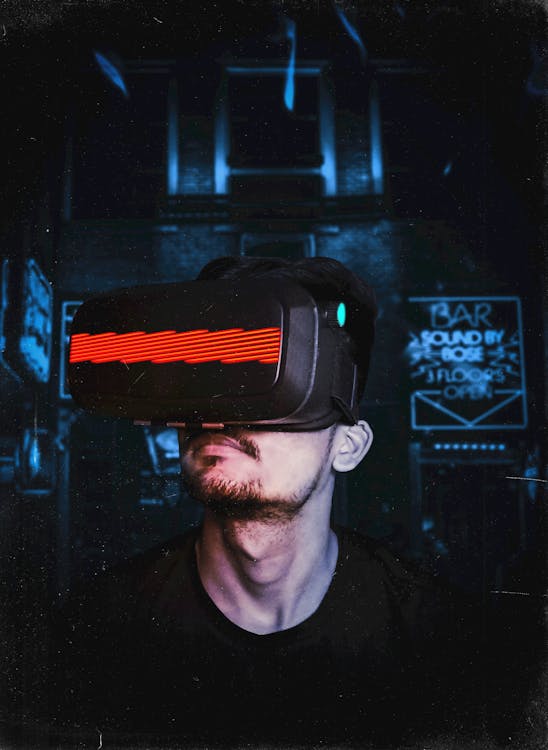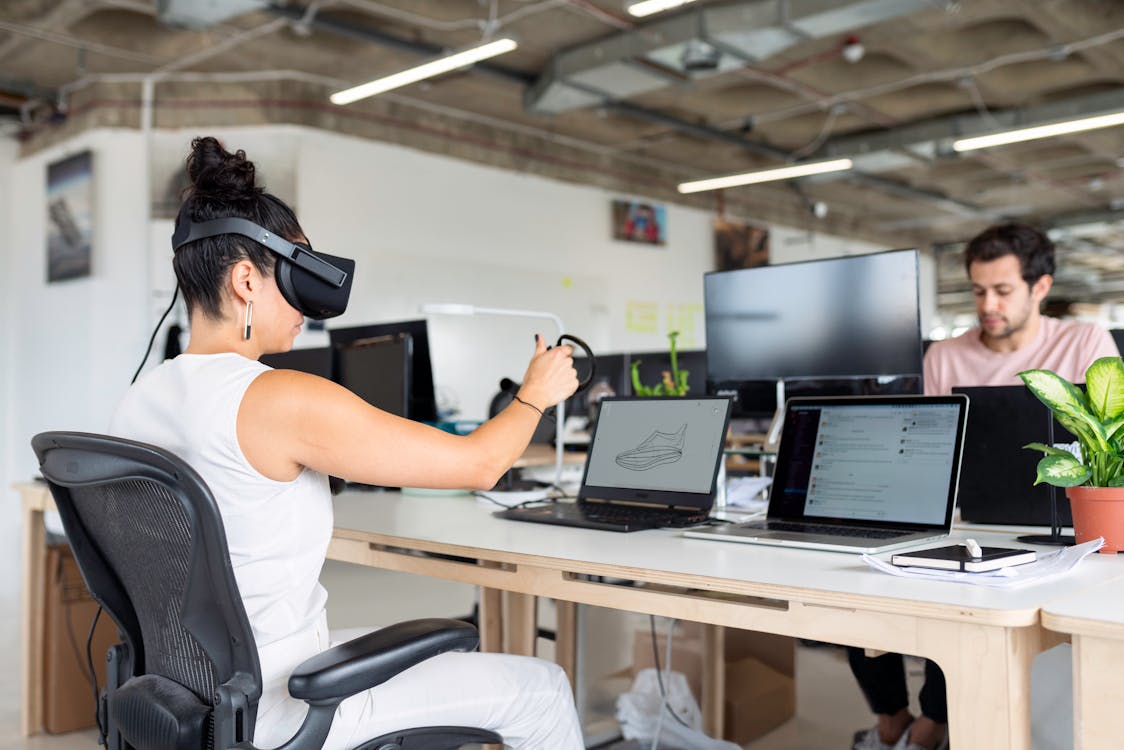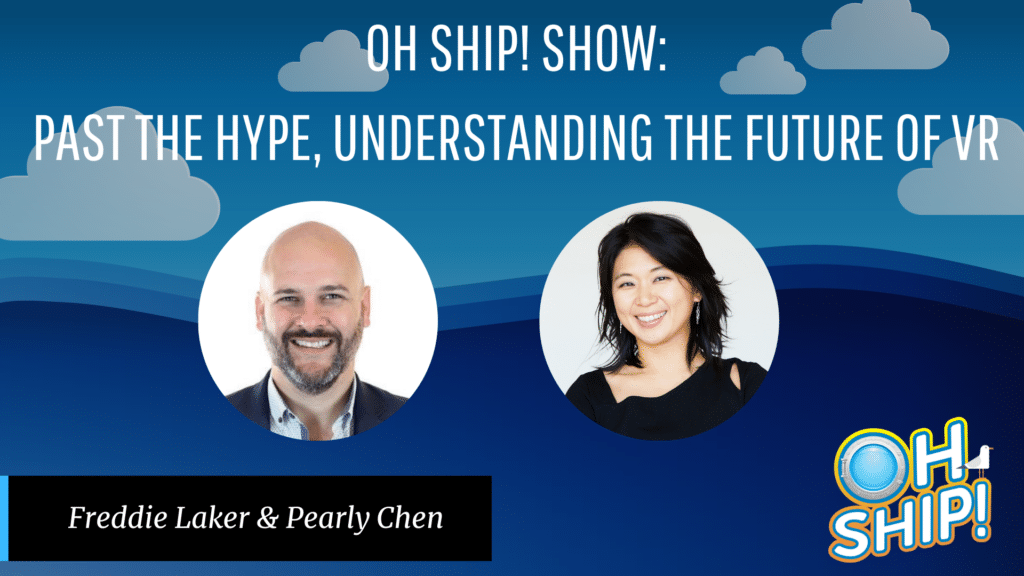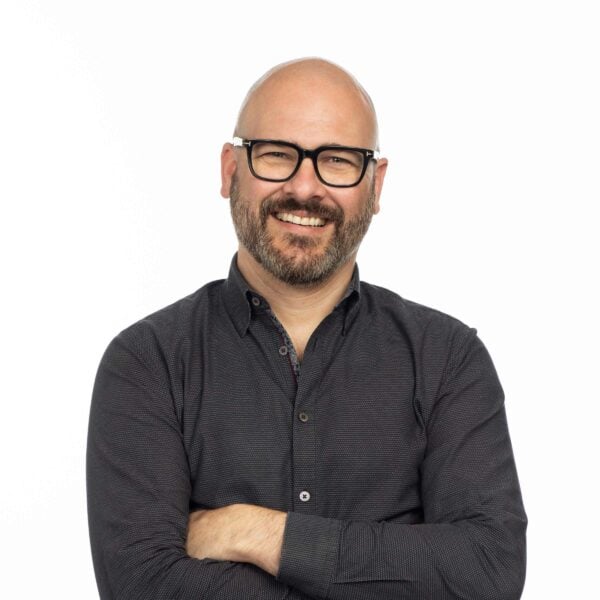Learn why Pearly says the future is already here—and what to expect in the next few years.

Pearly Chen works at the forefront of the VR space. As VP of partnerships and business development for HTC VIVE, she’s been helping the company bring leading VR platforms and devices to fruition for nearly a decade. She also currently focuses much of her energy on supporting their investment initiatives. HTC has invested in over 100 early-stage companies worldwide to help expand what is possible for VR. With her wealth of experience in developing the field, Pearly provides incredible insights into what’s around the corner for VR.
How has their focus evolved?
In the industry’s early days, companies focused on VR’s applications for gaming, Pearly says. Her company partnered with Valve, which offers a robust platform for a passionate community of gamers. Their zeal for gaming technologies led Pearly and her company to push the envelope for immersive technologies. And then, they began to notice a plethora of ways someone could employ these technologies to make a broader positive impact on society, helping to fulfill their core vision.
Their vision is to ultimately “unleash human imagination from the limitations of technology,” Pearly says. “And it is only through intersecting the best-in-class technology with humanity that we can try to develop this technology in a way that cares; that brings that level of desire for positive impact for humankind.” Thus, they chose to invest in technologies that help further medicine, healthcare, and immersive storytelling.
Pearly has long held the goal of helping to develop a computing platform that changes the way we interact with the online space. Having pioneered the design of a smartphone since the ‘90s, she knew it would be a marathon and not a sprint. “It’s definitely a long game, and there are so many technical problems to be solved for this to be truly the next personal computing platform,” she says. “A lot of investments need to go in; a lot of stakeholders and founders and entrepreneurs all need to be empowered.”
Her team has experienced some disillusionment on the way to this goal due to the incremental nature of progress, which sometimes stands in stark contrast to the hype a new idea receives in its early days. “But I think our belief that this would be our next personal computing platform has not changed and has not wavered,” she says.
Why Is VR so critical?
VR is an essential technological evolution because we perceive our world in three dimensions, not two, Pearly asserts. “We perceive our world around us in a three-dimensional way, not so much in a mouse click and a two-dimensional screen that sometimes fails to reflect the full promise of the content,” she explains. When virtual and augmented reality, along with contextual AI, converge onto one comfortable, lightweight device that we can wear all day, it will enhance our lived experience in a way that a smartphone cannot.
There are a lot of puzzles to solve before we get there. “Interaction modalities need to be reimagined and redesigned,” she says. “Biometric technologies need to be in place.” Virtual avatars’ expressions and body language must look as natural as possible for the experience to feel real. Hence, developers focus on getting face-tracking technology and even full-body-tracking technology up to speed. “We continue to push that boundary of immersiveness to bring more of the users into VR,” Pearly asserts.
What type of VR breakthroughs has helped society during the pandemic?
Across fields, groundbreaking VR innovations have made the impossible possible. Here are a few ways they’ve done that, according to Pearly.
Advancements in the medical realm
From first responders to pharmaceutical professionals, those in the medical field can improve safety and effectiveness with the help of virtual technologies. A company called Theater that HTC invested in early on offers three-dimensional training to prepare surgeons for high-tech surgeries. Currently, surgeons view MRIs and CT scans to plan for surgeries, but this solution provides an immersive look at the brain so doctors can prepare more effectively. Similarly, emergency professionals and those working in drug design can undergo immersive training that helps them avoid real-life mistakes.
Breakthroughs for business
In business, remote collaboration will provide a sense of being together across a distance. Companies have already done proof-of-concept trials that found such tools can improve effectiveness and safety while reducing costs and the hassle and health risks of continuous travel. The next step is to figure out how to scale it across businesses so more employees can access it.

“You will definitely see business use cases of VR continue to expand, and we’ll see more stories of businesses that are smaller—from the smallest to the biggest—using VR in very interesting ways to address their business challenges,” Pearly says.
Additional uses
VR technologies have many other uses as well. They’ve brought art to life so people can experience it in different ways, as the Louvre did with the Mona Lisa. They’ll also make inaccessible experiences to many people, like space travel or international travel, more attainable.
How should young professionals in the VR space get started?
Just dive in, Pearly says. “The best thing to do is probably to build—build a company, build the kind of applications that you wish existed that could solve a challenge or a problem that you’re passionate about.” Many people get involved after a VR experience that viscerally awakens them to the possibilities of the field, then finds an application that resonates with them. Some focus on orthopedic surgery training; others focus on avatar design. There are a wealth of niches to get involved in, and on the corporate side, there are plenty of jobs since the ecosystem is growing. “Those are good places to get your toes wet as well,” she says.
Meanwhile, spending more time using a VR headset will enhance your understanding from a content development perspective, helping you grow literate quickly. Online resources like case studies will help, too, along with virtual meetup groups.
Above all, know that there’s plenty of room for new contributions. That’s why HTC is focusing on empowering people who work in so many different areas. Brilliant designers understand that they have an interdependent relationship with others in the space, so their success hinges on others.
“We cannot do it by ourselves. We need to enable a whole generation of entrepreneurs to do it together,” Pearly emphasizes.




